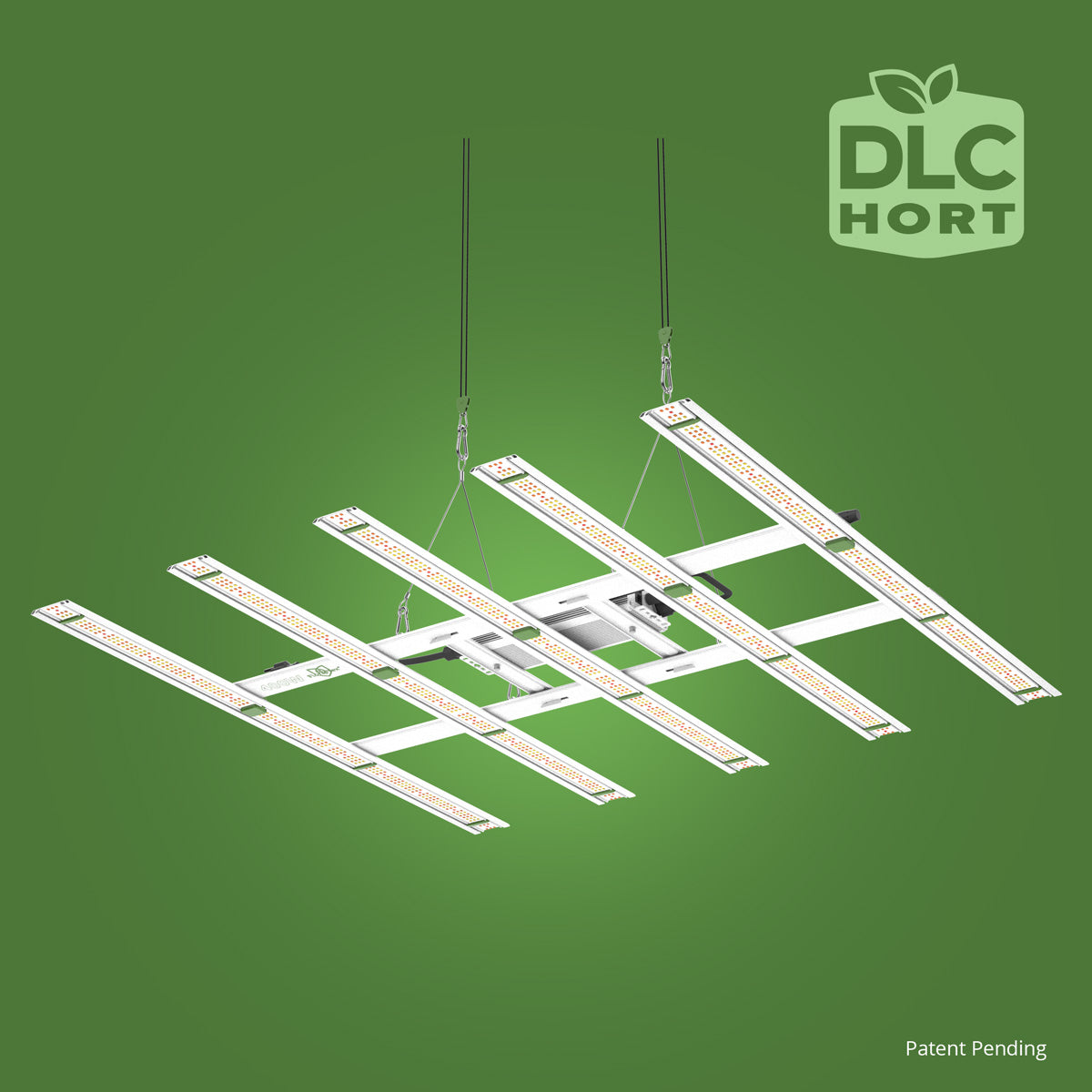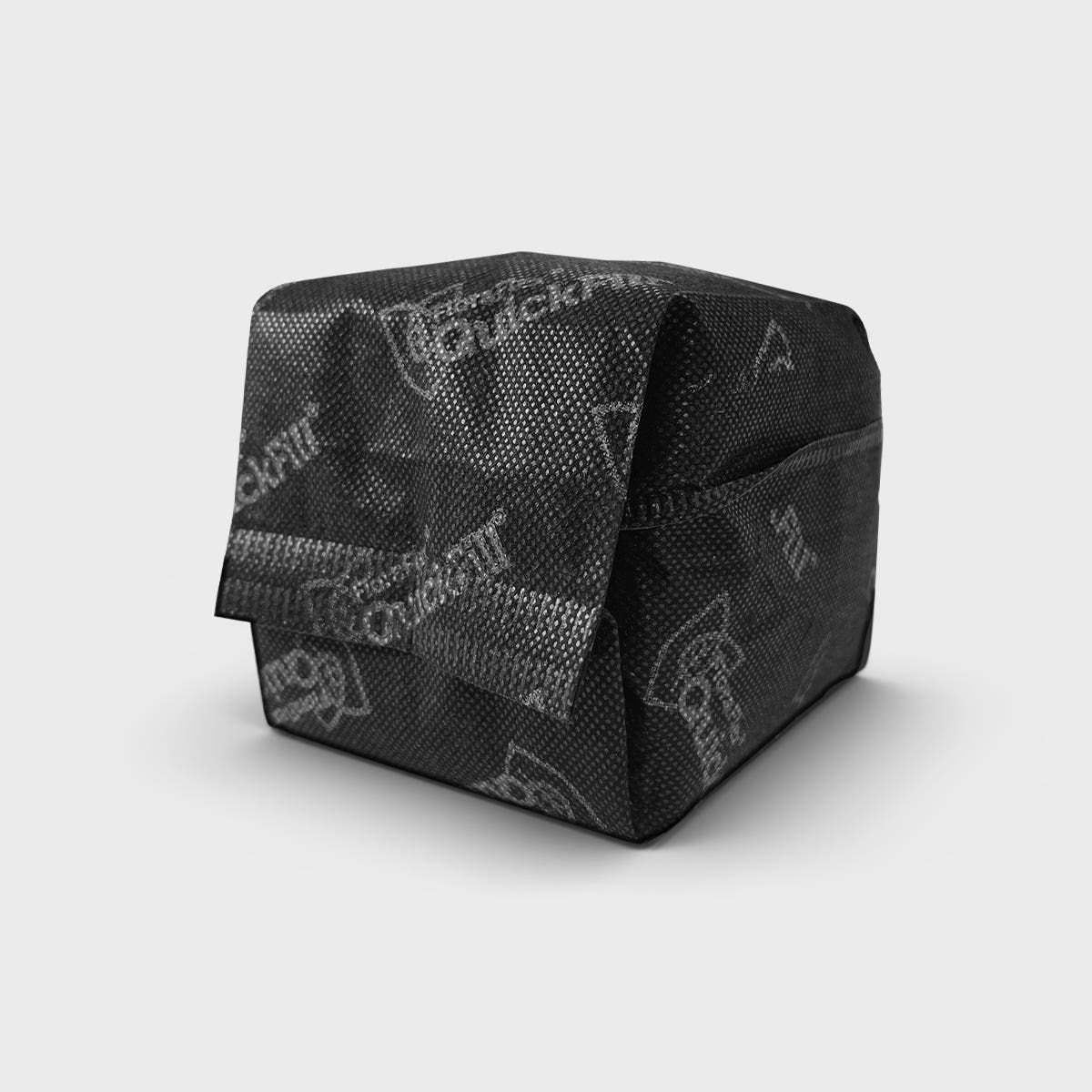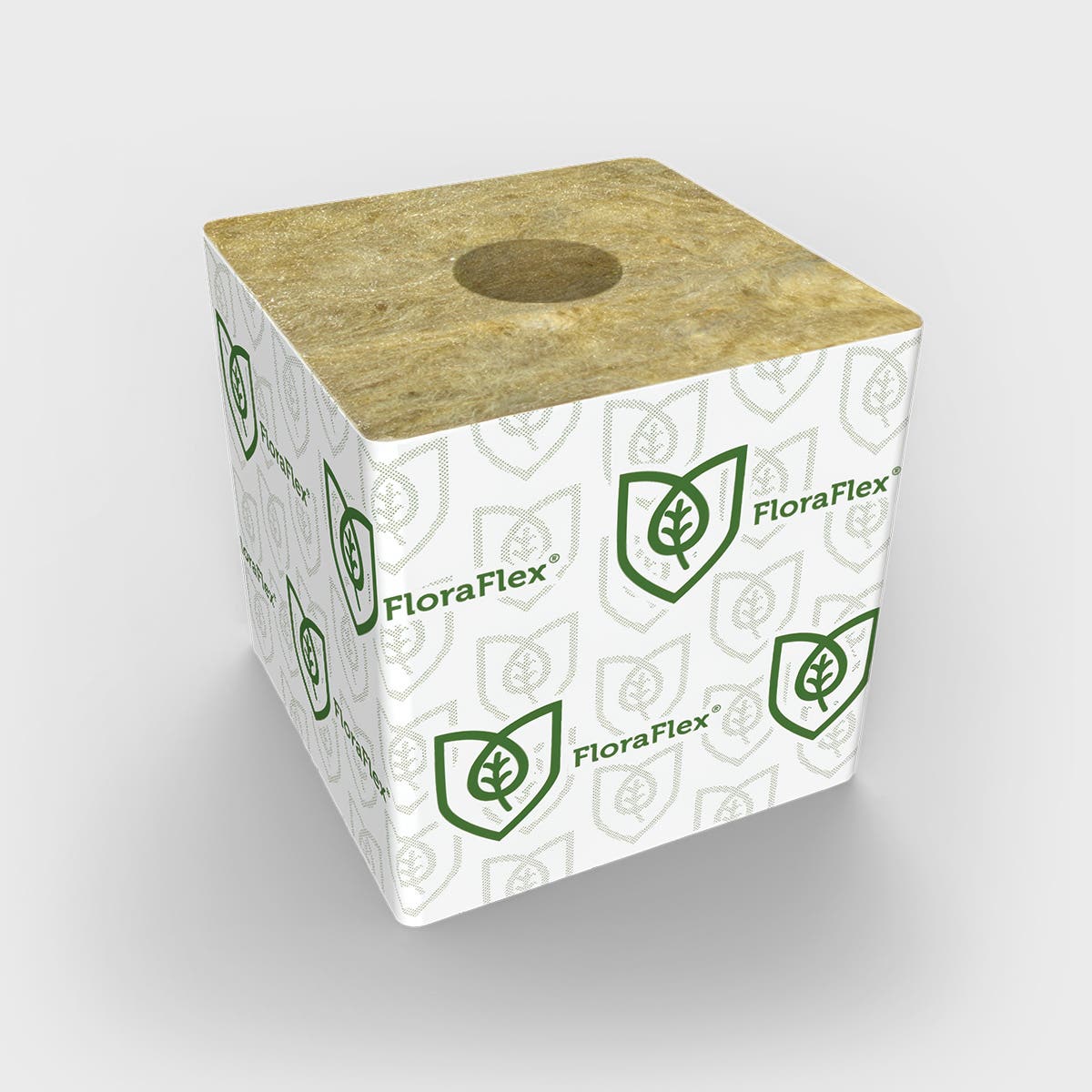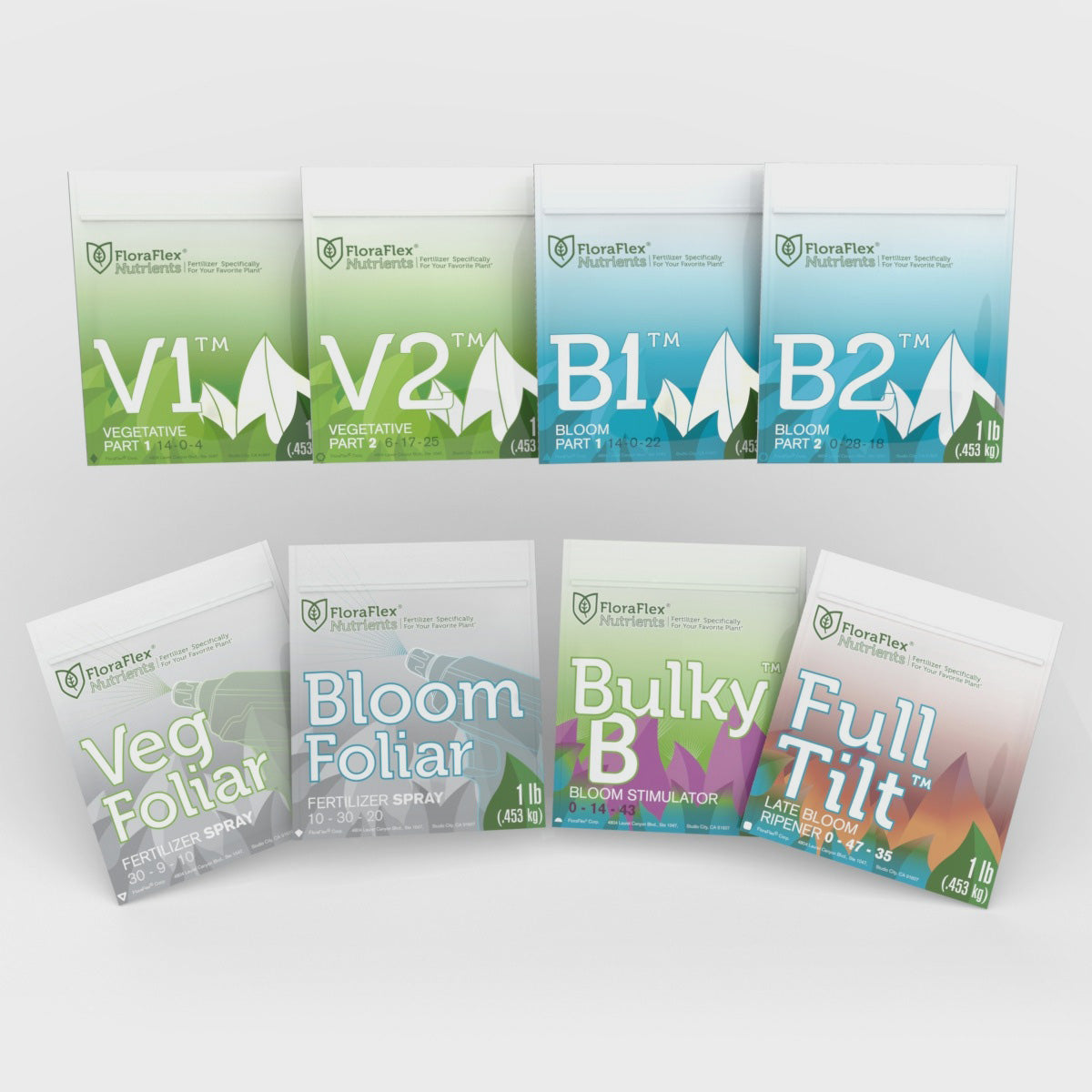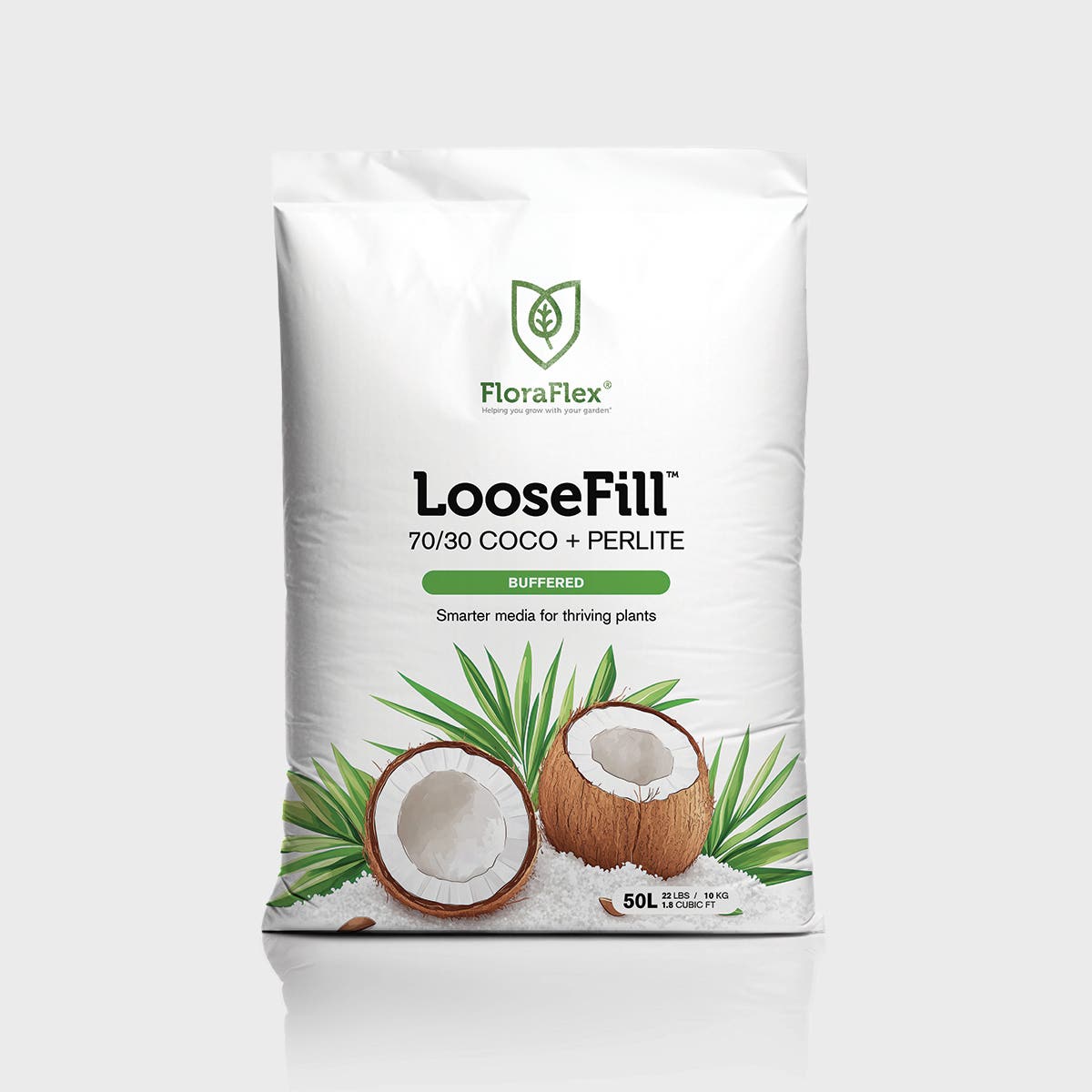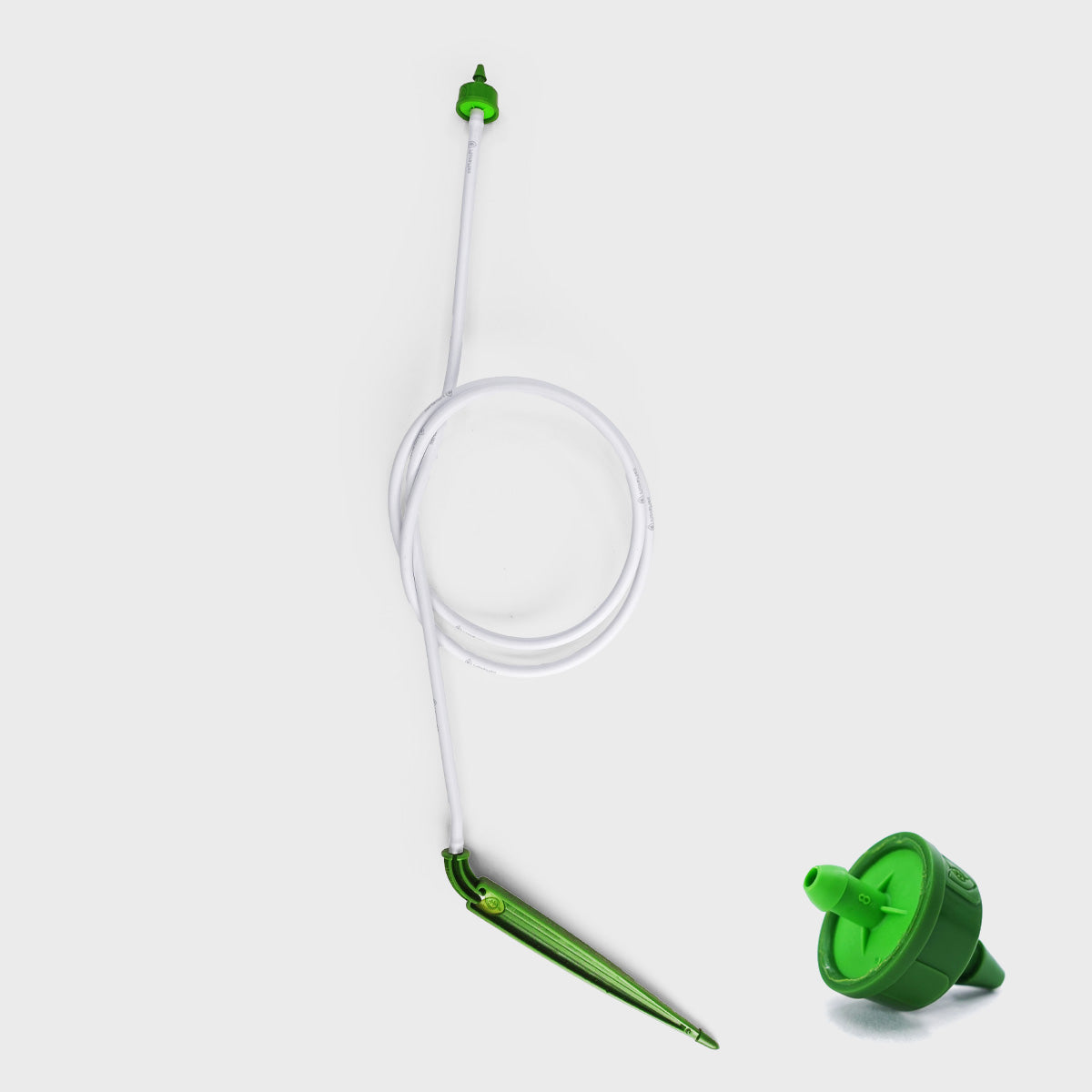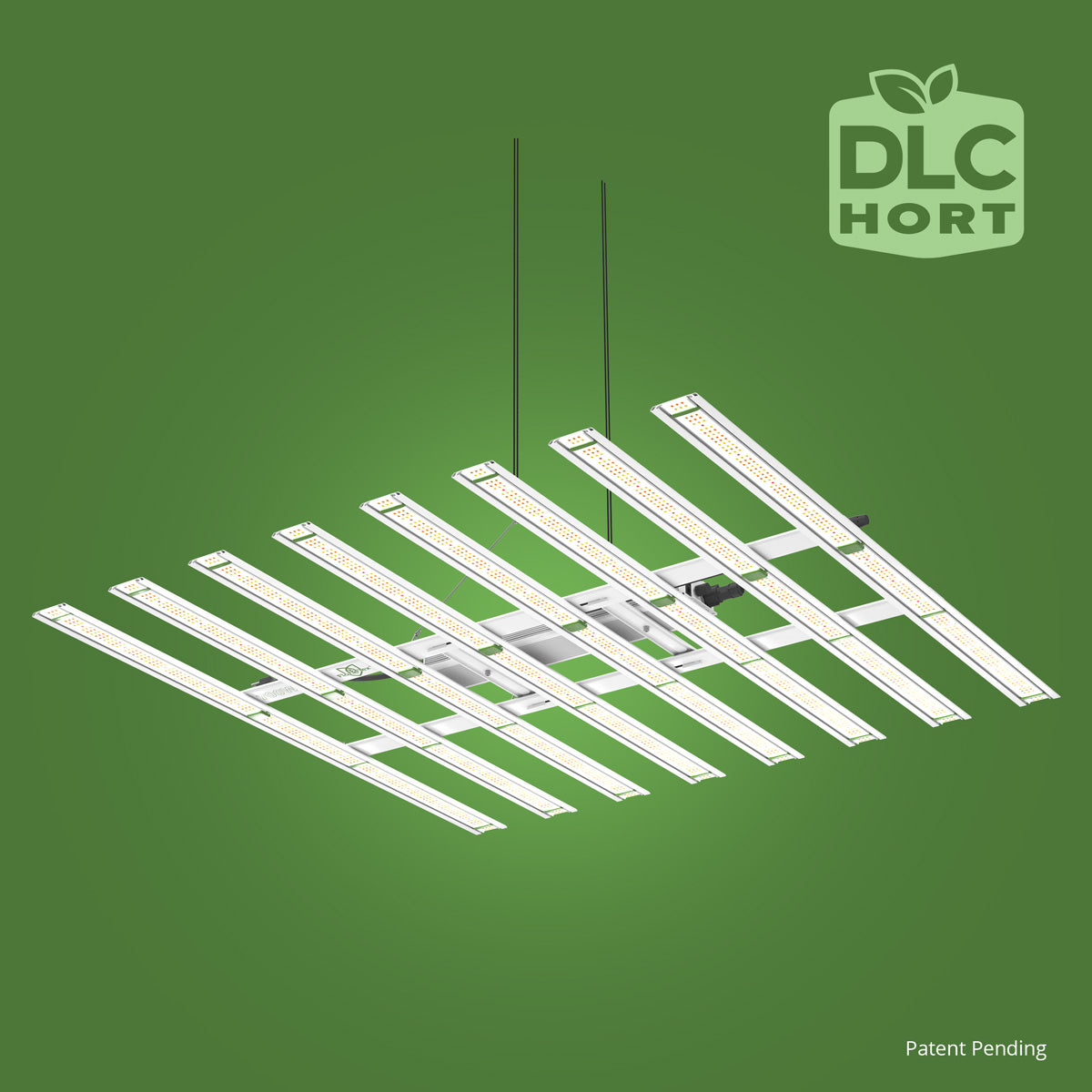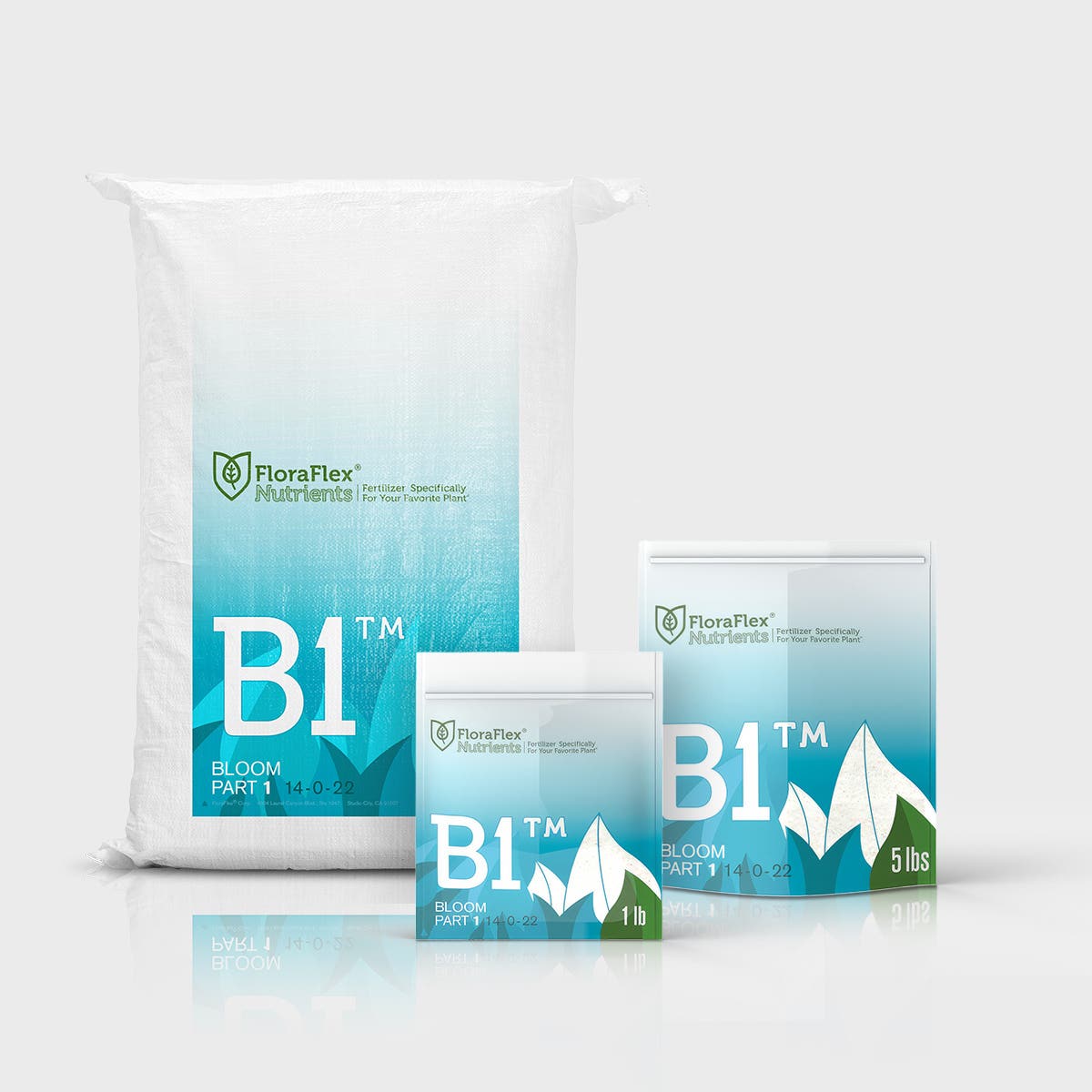Drain-to-waste hydroponics is a popular method for growing plants in a soilless environment. It involves watering plants with a nutrient solution that is drained away after use, rather than being recirculated. In this blog post, we will discuss the benefits of drain-to-waste hydroponics and how to set up a system.
Growing plants using hydroponics has become increasingly popular due to its many advantages over traditional soil-based gardening. One such method is drain-to-waste hydroponics, which involves watering plants with a nutrient solution that is not recirculated. In this blog post, we will take a closer look at drain-to-waste hydroponics and discuss how often you should water your plants, what nutrients to use, and how to set up a system.
Benefits of Drain-to-Waste Hydroponics:
One of the main benefits of drain-to-waste hydroponics is that it allows for precise control over the nutrient levels in the plant's environment. This method also reduces the risk of plant diseases and pests, as the nutrient solution is not recirculated. Additionally, drain-to-waste hydroponics allows for flexibility in the types of plants that can be grown, as each plant can receive a tailored nutrient solution.
How Often to Water:
The frequency of watering in drain-to-waste hydroponics depends on several factors, such as the size of the plant, the type of growing medium, and the temperature and humidity of the growing environment. As a general rule, plants should be watered when the top inch of the growing medium is dry to the touch. Overwatering can lead to root rot and other issues, so it is important to monitor the moisture levels of the growing medium closely.
Nutrient Solution:
In drain-to-waste hydroponics, the nutrient solution is not recirculated and is drained away after use. Therefore, it is important to use a high-quality nutrient solution that is tailored to the specific needs of the plants being grown. There are many commercial nutrient solutions available, or you can mix your own using a combination of essential elements such as nitrogen, phosphorus, and potassium.
Setting Up a Drain-to-Waste System: To set up a drain-to-waste hydroponic system, you will need a container for the nutrient solution, a pump, tubing, and a timer. The pump will deliver the nutrient solution to the plants through the tubing, and the timer will control the frequency of watering. The container should be large enough to hold an adequate amount of nutrient solution for your plants, and the tubing should be long enough to reach each plant.
Drain-to-waste hydroponics is a popular method for growing plants in a soilless environment. It allows for precise control over nutrient levels, reduces the risk of plant diseases and pests, and offers flexibility in the types of plants that can be grown. When setting up a drain-to-waste system, it is important to use a high-quality nutrient solution and monitor the moisture levels of the growing medium closely. With proper care and attention, plants grown using drain-to-waste hydroponics can thrive and produce healthy, robust yields.

